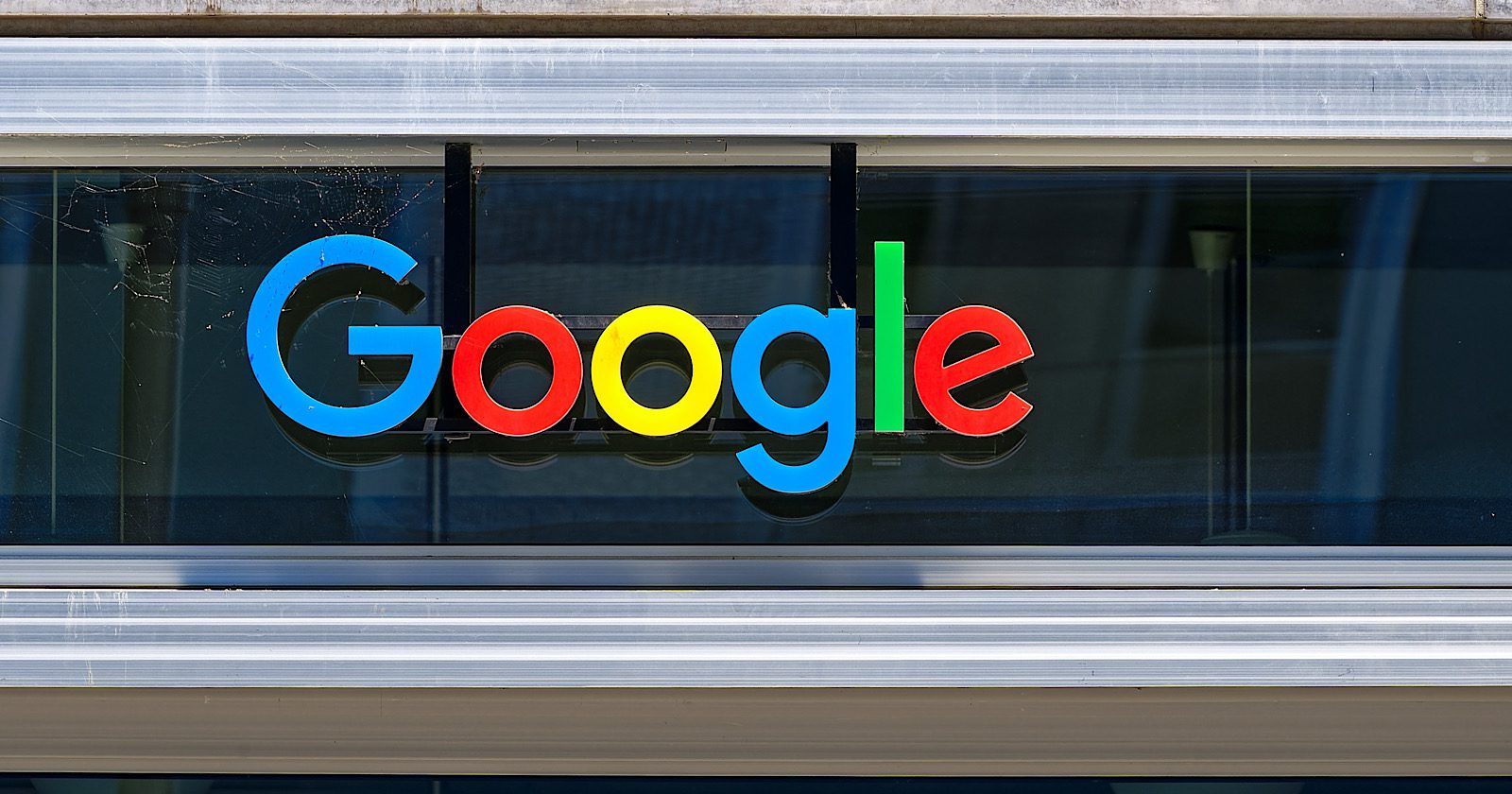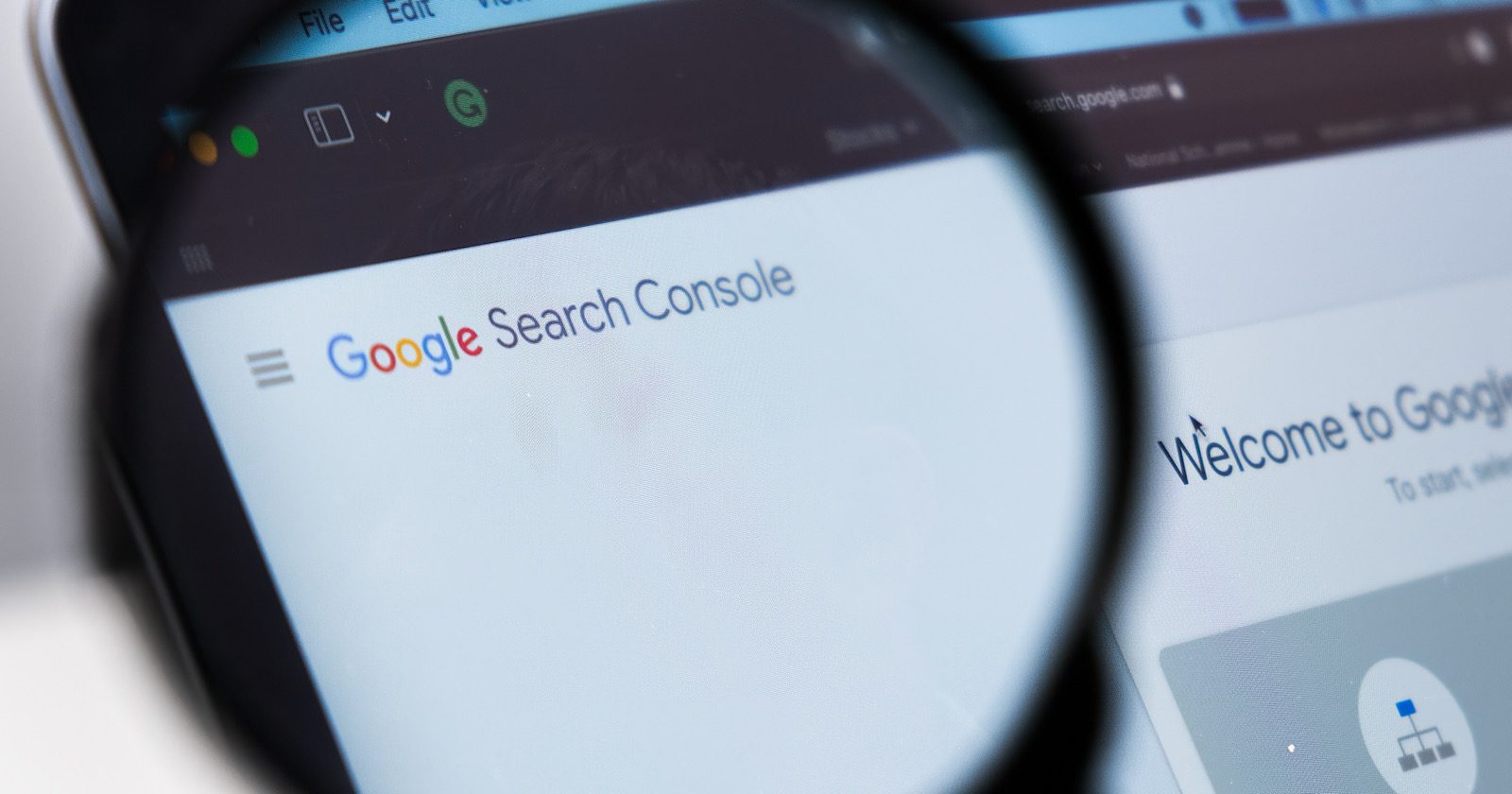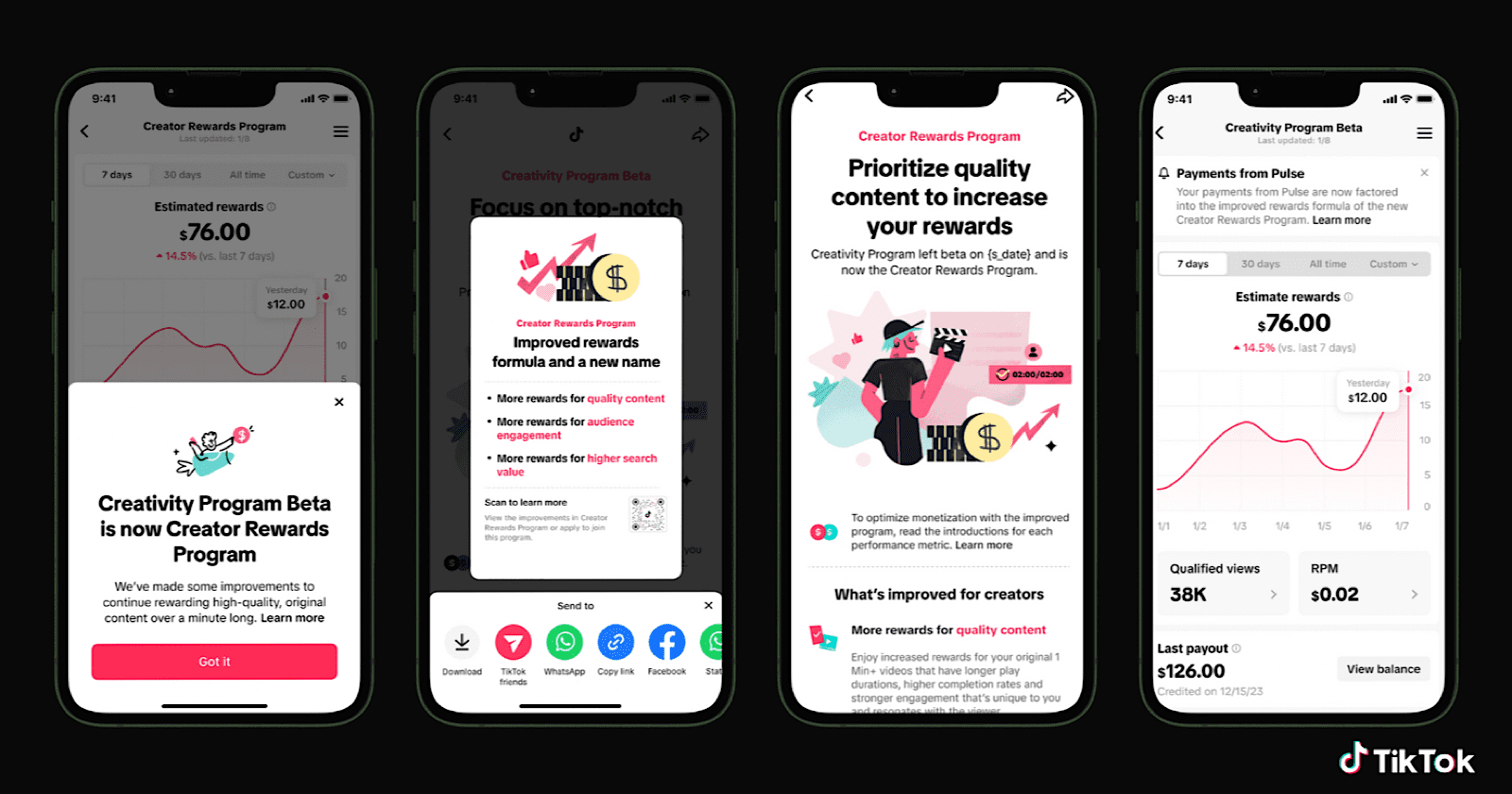Google Rolling Out Changes To Shopping Searches In Europe via @sejournal, @MattGSouthern

Google has begun implementing changes to its search results in the European Economic Area (EEA) to comply with the European Union’s recently enacted Digital Markets Act (DMA).
The DMA, which took effect on March 6, aims to promote fair competition in the European digital market by imposing new rules on large technology companies designated as “gatekeepers.”
Independent SEO consultant Brodie Clark shared recent examples of these changes on Twitter, noting the quiet introduction of default ‘Products’ and ‘Product Sites’ tabs featuring organic merchant listing results and focused web pages, respectively.
SEO News: Google has quietly rolled out some major changes to their search results.
In the past, we have seen Google testing out different search menu tabs, focused primarily on changes related to either ‘Web Results’ or ‘Forums’ (a replacement of ‘Perspectives’).
Now seeing a… pic.twitter.com/xA77zweFlc
— Brodie Clark (@brodieseo) March 21, 2024
Previously Announced Search Features
In a February announcement, Google provided an early look at these new search experiences for Europeans.
According to the announcement, these updates are designed to present users with rich and relevant information while improving the visibility of aggregators, suppliers, and businesses.
The new carousel rich result may appear for travel, local, and shopping queries.
Accompanying these changes are dedicated ‘aggregator units’ that include links to aggregator sites across the web.
Compliance Reports Reveal Extent Of Changes
As part of the DMA’s transparency requirements, Google and other “gatekeepers” had to submit detailed compliance reports to the European Commission by March 7, outlining the measures they’ve taken to follow the new rules.
In its report, Google revealed it’s making the following changes to search results in Europe:
- Removing an unspecified series of features
- Introducing new features, such as opportunities for third-party vertical search services and direct suppliers
- Implementing new controls for cross-service exchanges of personal data
- Developing new Google-wide policy and compliance training
- Enhancing existing data portability opportunities
Looking Ahead
As Google and other “gatekeepers” continue to adapt their products and services to comply with the DMA, users in the EEA can anticipate further changes in their digital experiences.
The DMA is part of a broader effort by the European Commission to reform the digital landscape and rein in the power of large technology companies.
The coming months will reveal how effective the DMA is in achieving its stated goals.
FAQ
What new features has Google introduced in Europe to conform to the DMA regulations?
Google has introduced several new features in its search results within the European Economic Area (EEA) as a response to the DMA regulations:
- A ‘Products’ tab and ‘Product Sites’ tab in the search results to promote fair competition and enhance organic merchant visibility.
- The rollout of carousel rich results, which are likely to appear for searches related to travel, local offerings, and shopping.
- Dedicated ‘aggregator units’ have been included to direct users to various aggregator websites.
These features are part of a broader set of changes aimed at modifying Google’s services to offer more opportunities for third-party vertical search services and direct suppliers, enhance data protection, and provide greater data portability.
What measures has Google taken to ensure compliance with the DMA’s transparency requirements?
Google has instituted various measures to align with the transparency requirements put forward by the Digital Markets Act:
- Google has submitted a detailed compliance report to the European Commission, as mandated by the DMA, outlining its actions.
- It has removed certain unspecified features from its platform to comply with the new rules.
- New controls for cross-service personal data exchanges have been implemented to strengthen user privacy.
- Google has developed company-wide policy and compliance training.
- The company has also worked on enhancing existing data portability opportunities for users.
These actions showcase Google’s efforts to adjust its operational and product practices to meet the DMA’s regulations.
Featured Image: Michael Derrer Fuchs/Shutterstock










